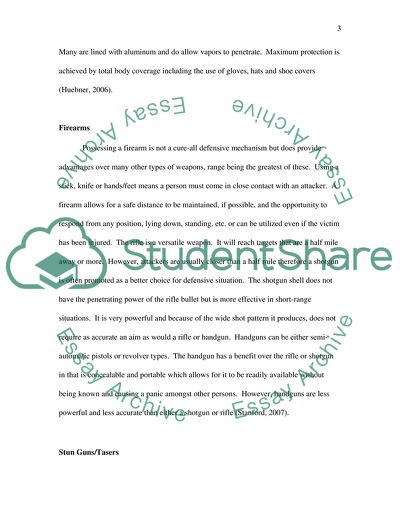Cite this document
(Weapons, Personal Protection Equipment, and Use of Force Coursework, n.d.)
Weapons, Personal Protection Equipment, and Use of Force Coursework. https://studentshare.org/social-science/1707200-weapons-personal-protection-equipment-use-of-force-paper
Weapons, Personal Protection Equipment, and Use of Force Coursework. https://studentshare.org/social-science/1707200-weapons-personal-protection-equipment-use-of-force-paper
(Weapons, Personal Protection Equipment, and Use of Force Coursework)
Weapons, Personal Protection Equipment, and Use of Force Coursework. https://studentshare.org/social-science/1707200-weapons-personal-protection-equipment-use-of-force-paper.
Weapons, Personal Protection Equipment, and Use of Force Coursework. https://studentshare.org/social-science/1707200-weapons-personal-protection-equipment-use-of-force-paper.
“Weapons, Personal Protection Equipment, and Use of Force Coursework”. https://studentshare.org/social-science/1707200-weapons-personal-protection-equipment-use-of-force-paper.


